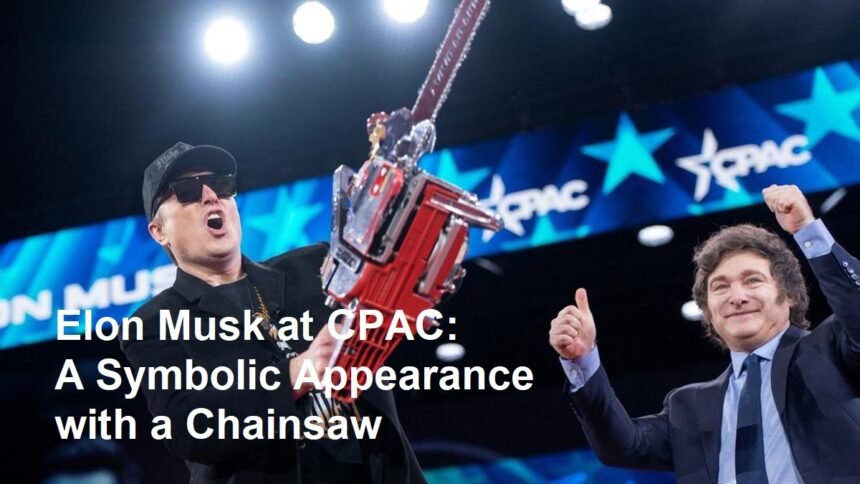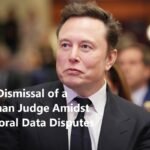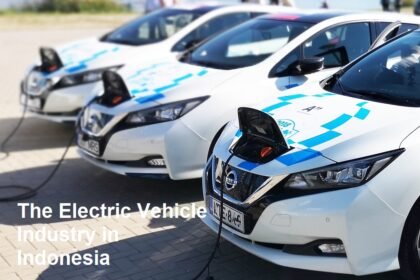On February 20, 2025, the Conservative Political Action Conference (CPAC) witnessed an unprecedented spectacle as Elon Musk, the renowned entrepreneur and CEO of notable companies such as Tesla and SpaceX, took to the stage wielding a chainsaw. This unexpected prop not only captured the attention of attendees but also underscored Musk’s multifaceted persona as a businessman and a provocateur in modern political discourse.
The choice of a chainsaw, an implement typically associated with destruction or deforestation, may initially seem perplexing in the context of a political gathering. However, within the framework of Musk’s political commentary and his penchant for unconventional methods, this act can be interpreted as a metaphorical gesture aimed at promoting disruptive innovation and challenging established norms. Musk has long positioned himself as an advocate for change, often addressing systemic issues in technology and industry that he believes require radical solutions. Thus, the chainsaw can be seen as a symbol of Musk’s readiness to ‘cut through’ the traditional barriers that inhibit progress, both in the political landscape and within the broader societal context.
In his address, Musk articulated his stance on various pressing issues that resonate with both the conservative audience at CPAC and the broader American public. He emphasized the necessity for deregulation in the tech sector, arguing that excessive governmental oversight stifles innovation. By invoking the image of a chainsaw, Musk symbolically advocated for the dismantling of bureaucratic obstacles that impede technological advancement and business development.
Moreover, Musk’s appearance at CPAC signals a significant alignment with certain core conservative principles, particularly regarding free-market economics and entrepreneurial freedom. The technology sector has often been viewed through a partisan lens, with Democrats frequently advocating for stricter regulations on big tech companies. In contrast, Musk’s stance aligns more closely with conservative ideology, which typically champions less government intervention and embraces the dynamism of the marketplace. This strategic positioning may be indicative of Musk’s intentions to penetrate new demographics, thereby expanding his influence beyond the realms of technology and entrepreneurship.
Observers noted that the reception from CPAC attendees was mixed. While many expressed enthusiasm and support for Musk’s rhetoric, others questioned the appropriateness of his theatrical presentation. Critics argued that such antics might trivialize the serious discussions that typically characterize political conferences. Nevertheless, Musk’s decision to incorporate the chainsaw into his presentation generated considerable media coverage, effectively placing him at the center of the political conversation.
Furthermore, Musk’s interventions underscore a broader trend in which public figures, particularly in tech and business, seek to engage directly with political discourse. In an era marked by polarization and division, Musk’s appearance at CPAC serves as a reminder of the increasingly blurred lines between politics and industry. His actions invite a reevaluation of the roles that entrepreneurs can play in shaping public policy and societal values, suggesting a future where business leaders may become pivotal players in political arenas.
In conclusion, Elon Musk’s appearance at the 2025 CPAC conference, armed with a chainsaw, transcends the bounds of theatricality to deliver a potent message about innovation, regulation, and the interplay between entrepreneurship and politics. This event not only reflects Musk’s individual brand of activism but also signals a transformative moment in which business leaders are increasingly influencing the political landscape. As we continue to navigate the complexities of technology and governance, Musk’s metaphor serves as a potent reminder of the need to challenge conventions and embrace bold solutions for the challenges ahead.













